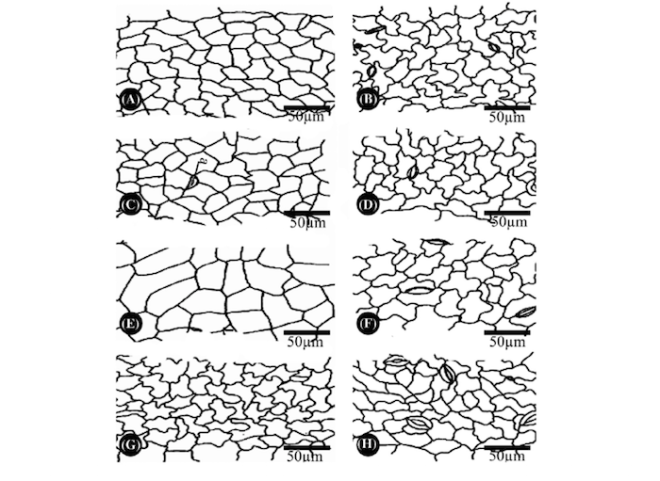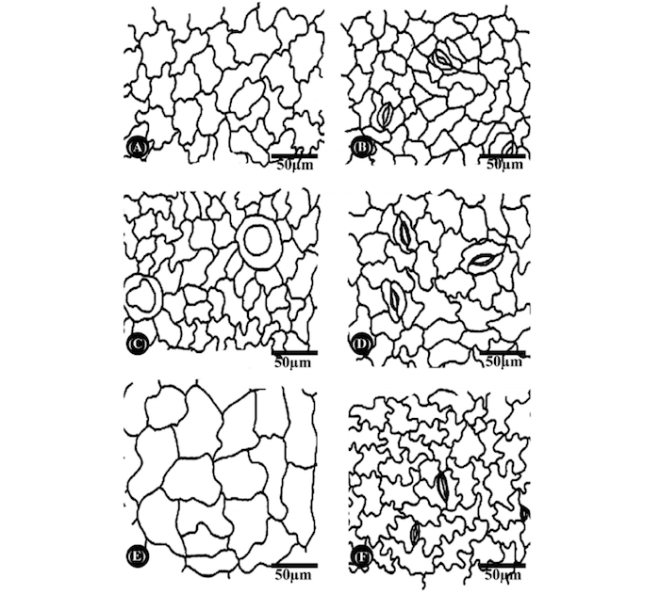Taxonomy of medicinal plants I. Epidermal morphology of the genus Khaya (Meliaceae) in West Africa
by Olowokudejo J. D., Nyananyo B. L. (1990)
in Feddes Repertorium 101(7-8): 401–407 – doi:10.1002/fedr.19901010714 –
http://onlinelibrary.wiley.com/doi/10.1002/fedr.19901010714/full
Abstract
Leaf epidermal morphology of four West African species of Khaya (Meliaceae) has been studied using both light and scanning electron microscopy.
The cuticle may be striate, reticulate or verrucose. Epidermal cells are either isodiametric or irregular in shape. The anticlinical walls are of variable thickness and their positions are marked by raised ridges or shallow irregular grooves. Periclinal walls may be flat, concave or convex.
Anomocytic stomata which are either superficial or slightly sunken occur in all taxa. Stomatal size and index are variable among all species.
A dichotomous key for identifying the species, even if they are in a fragmentary condition, is presented.

 Akeen Babalola KADIRI
Akeen Babalola KADIRI





You must be logged in to post a comment.